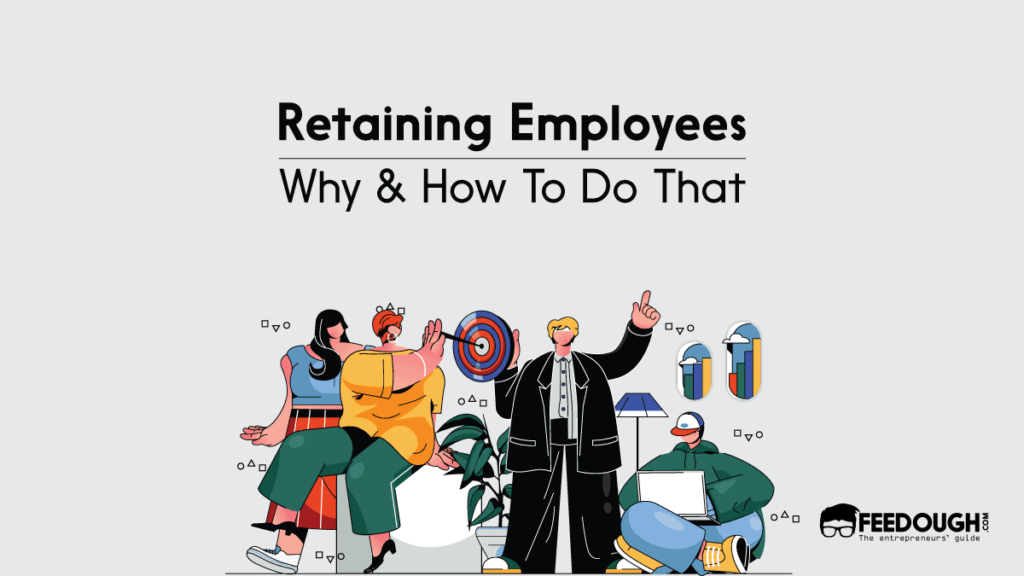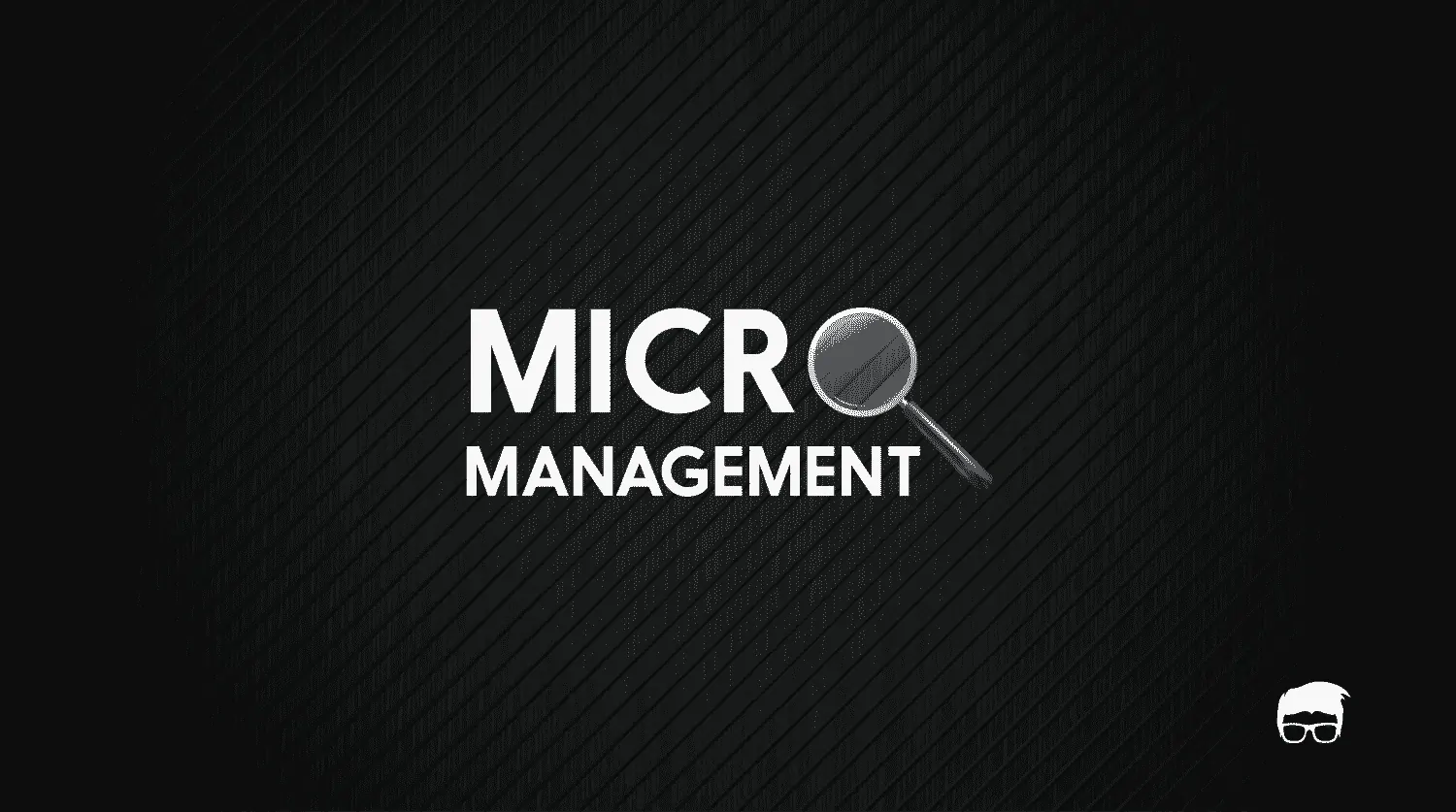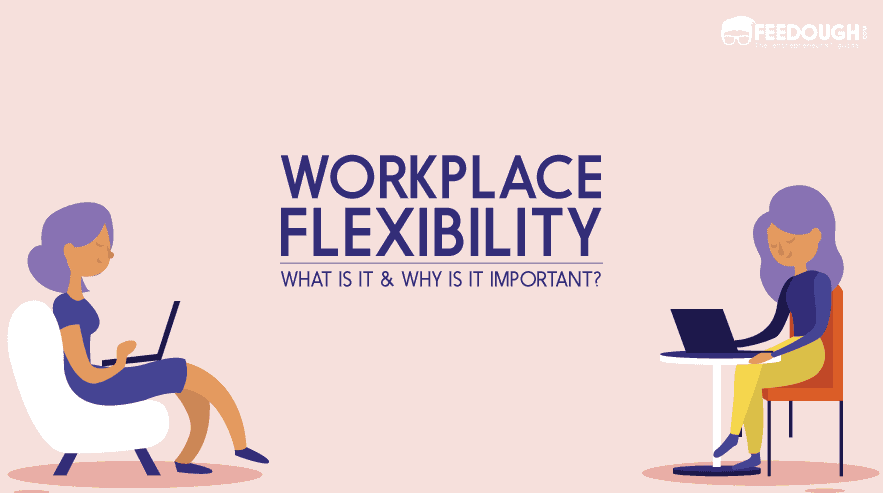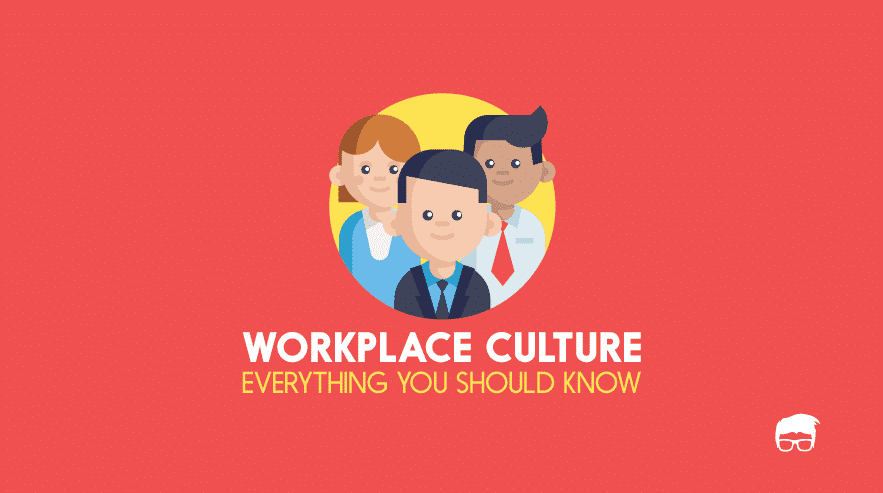It’s no secret that startups are challenging places to work. It’s not just about the long hours, it’s also about how much work is thrown at you in such a short period of time. As a result, the attrition rate in startups is as high as 25%. This is twice the overall industry attrition (13%).
There are many reasons why employees are likely to jump ship when joining a new startup. For starters, you might have limited resources to offer, and you might lack clear career paths or a culture of employee development. Or maybe your team members just don’t mesh well. No matter the reason, having a good employee retention rate is a huge indicator that your company is headed in the right direction. But how do you know if you’re doing enough to keep your employees?
The following is a comprehensive guide of strategies and tactics to help you retain employees in your startup. Understanding the techniques and ideas will put you in the correct frame of mind to implement them in your organisation.
Why Does Employee Retention Matter To A Startup?
Startups don’t have a lot of money, so they need to attract and keep quality people. If they don’t, the company will likely fail. The key to employee retention, then, is figuring out how to retain good employees while attracting great new hires.
A high employee turnover harms your organisation, especially so for a startup. Employee turnover may lead to a negative impact on the work culture and lower morale, lower productivity, and high cost of employee turnover. The last one is of great concern for startups, who are cash crunching and many still finding investors. Besides this, here’s why having good employee retention is important for your startup –
Employee Retention Increases Productivity
Persistent turnover can be a lot of hassle for startups, which may not have time and resources. But employee retention can save you from such hassles and productivity loss that you may incur during the process. High retention in a workplace leads to better-engaged workplace culture, which, in turn, leads to better work.
But if the employee is new, they take more time to build solid communication relationships with other coworkers. This slows down the wheel of collaboration, and a lot of your startup’s time will get wasted in miscommunication, which may even lead to monetary loss for your business.
High employee retention or lower employee turnover saves your startup lost productivity. Whether the productivity is related to your employees or your HR team involved in the transition process.
Employee Retention Improves Customer Experience
A workplace with high employee retention leads to better work culture, which translates into satisfied employees. A satisfied and engaged employee will pass on those same experiences to your customer. They will better their services, solve the problems in time, and may even go the extra mile to better the customer experience. A good customer experience will improve your startup’s reputation and will help in brand building.
On the other hand, if your customers are dealing with new employees, they may encounter some problems which can harm your reputation. A new employee is at a larger risk of making a mistake, delays or they may not be acquainted well enough to solve your customer’s query. All this will contribute to a bad customer experience, and customers dissatisfied with your service may even leave your startup a bad review.
Employees who have been longer are more likely to be able to solve unique problems and reduce work for other employees. An engaged employee is more likely to provide your customers with a better customer experience more quickly and confidently.
Employee Retention is More Budget Friendly
Losing an employee is an expensive deal. High turnover may turn out to be even more disastrous for startups as they may end up paying for employee hiring, onboarding, and training costs multiple times a year. Employees constantly moving in and out has a significant cost for you and your business.
According to Josh Bersin, a global industry analyst, the cost of losing an employee may be as high as 1.5 to 2 times their salary. This is a large sum of money for any startup. These costs involve elements such as advertising, interviewing, screening, and hiring new employees. Also, the cost of onboarding involves training costs. Now let’s take the case of average costs to replace an employee as reported in Built In. The report states that in the case of hourly workers, the cost on average is $1500 per employee. The cost jumps to 100-150 % for technical employees’ salaries, and for C suite positions, it is up to 213% of their salary.
The cost saved from such processes is a gain for your startups. You also gain from benefits associated with increased productivity and better customer experience, among others, all leading to higher revenue for your startup.
Employee Retention Leads to Improved Workplace Culture
An employee who is working for any organisation for a longer period is better aligned with the organisation’s goals and mission. An engaged employee will strengthen the cultural ethos and environment of your startup. On the other hand, high employee turnover may even lead others to question their decision to stay in your business and be loyal to your startup.
An engaged employee will be more motivated towards work and create a better work culture. Employee retention and improved work culture will lead employees to care more about the work and the company’s reputation. They may even become your brand ambassadors and benefit your startup in more ways than one.
Employee experience plays a crucial part in retention. By focusing on personalising what each employee needs and wants, you can help keep the best talent on board. Startups that can build a better employee experience lead to retention, which drives a better work environment.
There can be many aspects that may lead to high employee turnover. The employee may be dissatisfied with their managers and leaders, or they are experiencing a plateau in their growth opportunities at your startup, feel neglected, or maybe feel there is a lack of recognition of their work. A startup needs to understand these factors to identify the cause of high turnover for their startup.
5 Proven Strategies To Retain Employees in a Startup
A startup is a new company with an uncertain future. And while many companies can survive and thrive for years, a startup is typically only as good as the team behind it. This is a delicate balance. When you’re a startup, the best thing you can do is retain the right people to make the best decisions. After all, if you don’t get the right people on board, you’ll never get any of your ideas to the finish line. But you can only hire the best people for your startup if you have a way to keep them. That’s where retention comes into play.
Here are some proven tactics to help you do the same.
Create a Culture of Recognition
An employee dissatisfied with a lack of recognition for their work may harm your startup even before they leave the organisation. Low morale and productivity may damage their interaction with consumers and lead to a bad customer experience. A culture of appreciation will add morale to their work and help you retain them.
If you want to help your employees feel more valued, start by acknowledging them—in public and in private. Give them recognition and rewards (monetary or non-monetary) for accomplishments, even small ones. They’ll be grateful for your encouragement. And if they’re truly feeling underappreciated, make it a point to connect with them, even if it’s just to share an off-the-cuff remark.
The best way to show appreciation is by making sure that they feel important. The first thing to do is to acknowledge them in front of others. Make sure that they are recognised for their good work. They will be motivated and stay longer if they are acknowledged for what they do. This also helps them feel more appreciated.
Don’t ignore your employees, even if they have done something wrong. Take time to talk to them and ask them about their performance and why they are doing what they do. You can make a big difference by being an active listener. Make sure that you communicate with them and give them feedback on a regular basis.
Establish a Feedback Process
Establishing a feedback process will give the window for employees to seek their redressal of queries or feedback – which, in the absence of such a process – they may seek elsewhere. This will also help you in early recognition of their concerns, and you will be in a better position to solve their concerns.
Harnessing their feedback will give assurance that you are actively following their feedback. Neglecting their opinions will make them look for new job opportunities. By working on their review and feedback, your employee experience is bound to improve. This will encourage them in their work and make them your startup’s early advocates.
Your employees will be happier if you make it a point to provide them with formal feedback and a grievance system. The first step in establishing such a system is to establish the process. The process should be flexible and comprehensive. It should include regular updates and a clear-cut method of handling complaints.
You can start with a paper form or you can have an online portal that your employees can use. Just try to make it as simple as possible.
You can even make use of modern technological resources to gain anonymous employee feedback giving the employee the reinsurance that they will not be targeted for putting their idea or concern at the forefront. This strategy will bring in higher transparency and can do wonders in terms of your employer’s reputation.
Offer Them A Stake
People are more likely to perform well in a task when they feel some kind of personal connection to the end goal, such as their own self-interest. The same goes for employees. When you can connect your company’s goal to what matters to your employees, they’ll be more likely to perform better and stick around.
Consider offering equity options to your employees. This can motivate them to work hard for your startup. The major psychology principle here is commitment. What we want to do is make our employees feel like part of the family. They are, and it’s important that they feel like they can count on us and we can count on them.
Moreover, equity options can provide both parties with value in a mutual way. This is because it creates a sense of responsibility in employees and it also creates a sense of commitment in you.
Help Them Grow
According to a report, top talent that is looking for new job opportunities are making the move to jobs that can provide them advancement opportunities. And this number stands at a staggering 72% of all job candidates. This further gives impetus to providing opportunities for employee development for retaining the right talent and engaging them with the organisation year after year.
You can develop growth opportunities in your organisation by making opportunities such as mentorship programs, training sessions, and education support for your employees. You can give preference to your current employees in cases of internal hires and promotions. The leaders, managers, or mentors can make your employees’ long-term goals and their personal development as part of your performance feedback sessions.
As a leader, you can even help your employees to grow by establishing an internal network of people they can learn from.
Conduct Exit Surveys
Exit interviews or surveys are a great way to gauge the cause of your employees’ exit and a chance to gain insight into your employees’ perspectives. The employees who are leaving will be more candid and confident in giving their honest feedback regarding the workings of your startups.
You can use the information collected to improve on your shortcomings and stop others who may exit the organisation for the same reason as your previous employees. This strategy will help you even if you have a high retention rate as it may help you in improving your touchpoints with your employee.
This will improve your employee experience for your current and potential employees. Exit surveys provide you with a great opportunity to listen to your employees’ grievances and you stand to gain from your learnings from the surveys.
Bottom Line
Focusing on staff retention benefits your startup. A robust staff retention strategy is an essential component of holistic workforce planning. Developing an effective staff retention strategy requires substantial effort and focused investment, but it will pay dividends for your startup.
Organisations that fail to focus on employee retention and turnover reduction can suffer significant losses not only in terms of hard costs associated with recruiting and training, but also in terms of low productivity and lost knowledge, negative repercussions on your customer and employee experiences in turn leading to lower morale, and diminished work culture.
Go On, Tell Us What You Think!
Did we miss something? Come on! Tell us what you think of this article on how to retain employees in your startup in the comments section.
A startup consultant, digital marketer, traveller, and philomath. Aashish has worked with over 20 startups and successfully helped them ideate, raise money, and succeed. When not working, he can be found hiking, camping, and stargazing.









